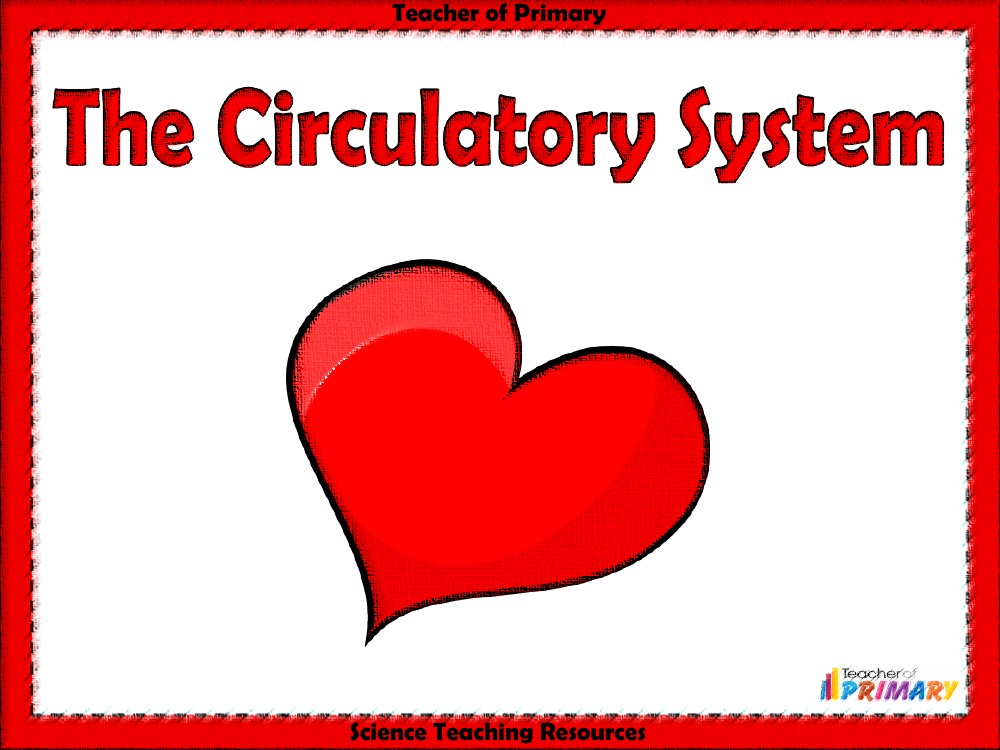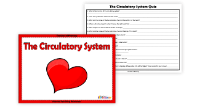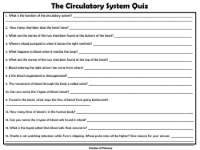The Circulatory System - PowerPoint

Science Resource Description
The Circulatory System is a fundamental topic covered in science education, and a PowerPoint presentation by Teacher of Primary offers an engaging resource to help students understand this vital bodily function. The circulatory system comprises the heart, blood vessels, and blood, each playing a crucial role in sustaining life. The heart, a muscle located centrally in the chest slightly towards the left and roughly the size of one's fist, is responsible for pumping blood throughout the body via blood vessels. This system's primary function is to circulate oxygen-rich blood and nutrients to various body parts while also removing waste products.
The heart operates as a dual-sided pump, with the left side receiving oxygenated blood from the lungs and sending it out to the body, while the right side collects deoxygenated blood from the body and pumps it back to the lungs for re-oxygenation. Structurally, the heart is divided into four chambers: the right and left atria at the top, which receive returning blood, and the right and left ventricles at the bottom, which are tasked with pumping blood out. Blood flow through the heart is meticulously controlled by the contraction of these chambers and the function of valves that prevent backflow, creating the familiar heartbeat sound. Blood vessels, including arteries, veins, and capillaries, facilitate the circulation of blood, and the pulse rate, typically between 70-100 beats per minute at rest, can be felt where arteries run close to the skin. The blood itself is a mixture of red blood cells, platelets, and white blood cells suspended in plasma, each with specific functions such as oxygen transport, clotting, and immune defense. The presentation also includes a quiz to test students' understanding of the circulatory system and its components.

